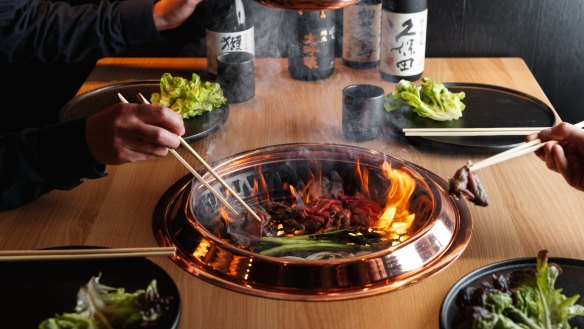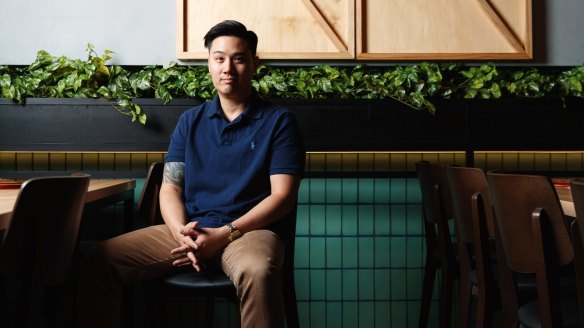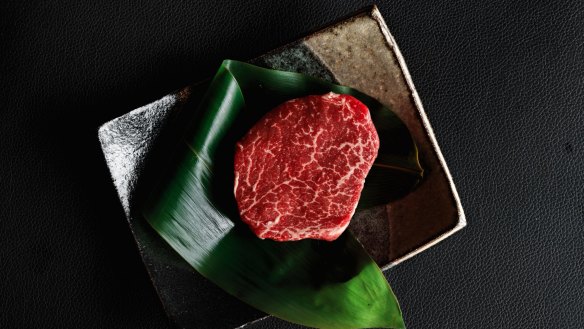Australia, you're eating wagyu wrong

COMMENT
When Australians eat scotch fillet, striploin or rump steak, the mantra is often "the bigger the cut, the better". This might be OK for angus beef, but it should not be applied to wagyu.
The key point of difference between wagyu and other beef is the fat content. Wagyu cattle are famed for their predisposition to produce highly marbled cuts, and the intramuscular fat has a lower melting point than other beef.

This fat creates the stunning flavour profile of wagyu. However, since wagyu has a much higher fat content than typical angus beef, a 200-gram scotch fillet, say, would be too rich for one person to eat – you might feel like you've ingested a whole stick of butter by the end of it.
Traditionally in Japan, wagyu is thinly sliced and cooked on a tabletop barbecue grill (a serving style known as yakiniku) or quickly boiled in a hotpot of seasoned broth (shabu shabu). For both methods, the portion sizes are much smaller than a typical Australian steak and generally more well-cooked.
A 150-gram serving is usually enough to share between three people. Side dishes such as rice and pickled vegetables accompany the wagyu, so at the end of the meal you don't feel heavy or lethargic.

The tenderness of wagyu also means there are many incredible "discovery" cuts that would normally be too tough to eat from other beef breeds. Examples include oyster blade (misuji), intercostals, chuck rib (zabuton), the rib-eye cap (deckle), and inside skirt (harami). With their higher fat content, served thinly sliced, these wagyu cuts are easy to enjoy as grilled yakiniku.
For adventurous eaters, wagyu cattle also have delicious offal that is not traditionally seen in Western-style steakhouses. Gyutan (wagyu tongue) is a delicacy and often served first as a grilled yakiniku item. In comparison to typical beef tongue, wagyu tongue is lighter in colour with a higher fat content, and a lot more tender and pleasing to eat.
And yes, wagyu can be expensive. However, standard beef found in a supermarket usually takes 12 to 18 months to produce, while fully bred and finished wagyu cattle take anywhere from 27 to 36 months to reach their prime. The longer production method of growing and feeding wagyu inevitably makes the price-tag higher.
All good things take time and wagyu beef is no exception. Just don't try and eat a whole steak all at once.
Jon Choi is the co-owner of Gyusha wagyu restaurant and retail store in Chippendale, Sydney. His family also owns a wagyu cattle farm in Binnaway, NSW.
Restaurant reviews, news and the hottest openings served to your inbox.
Sign up